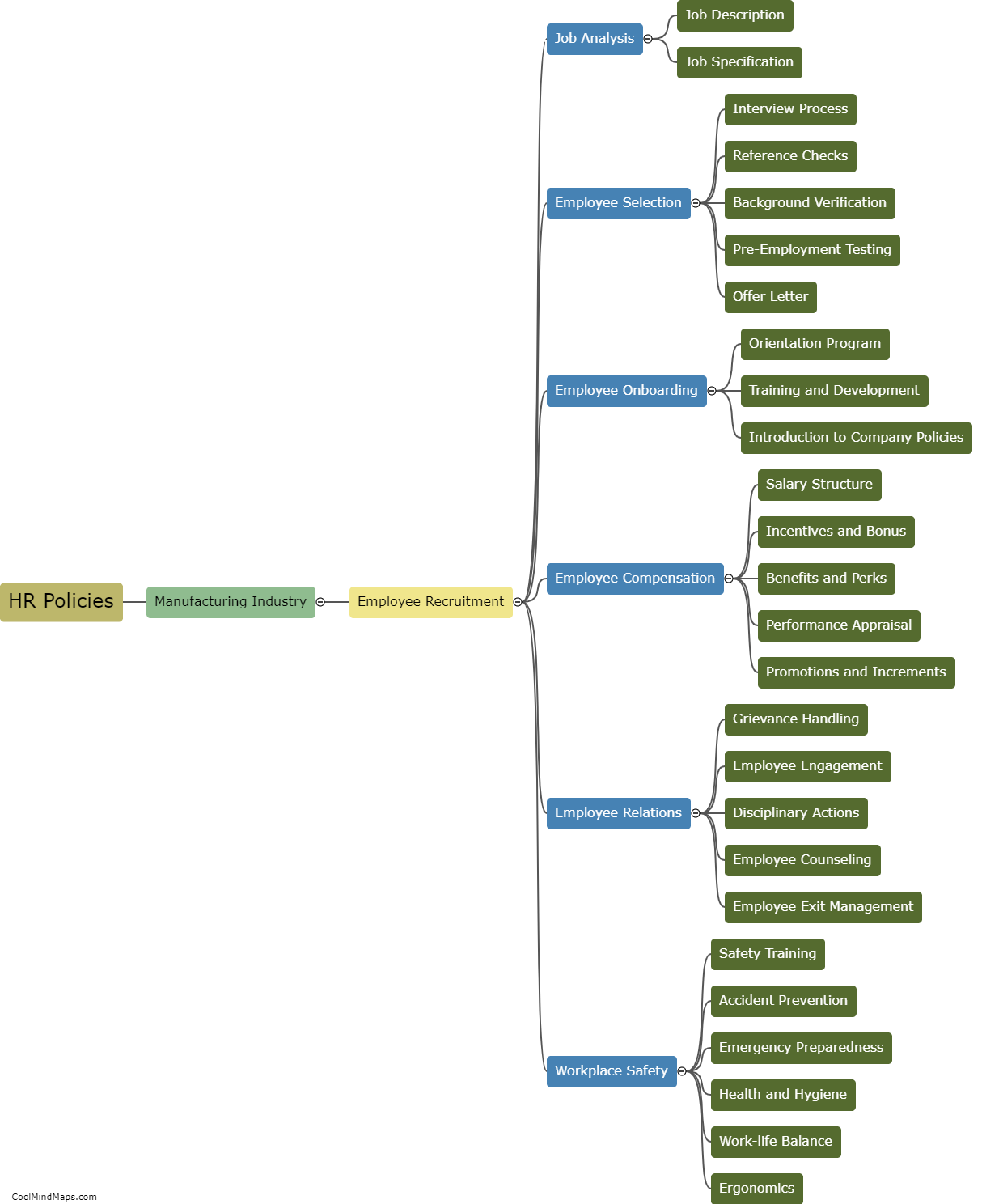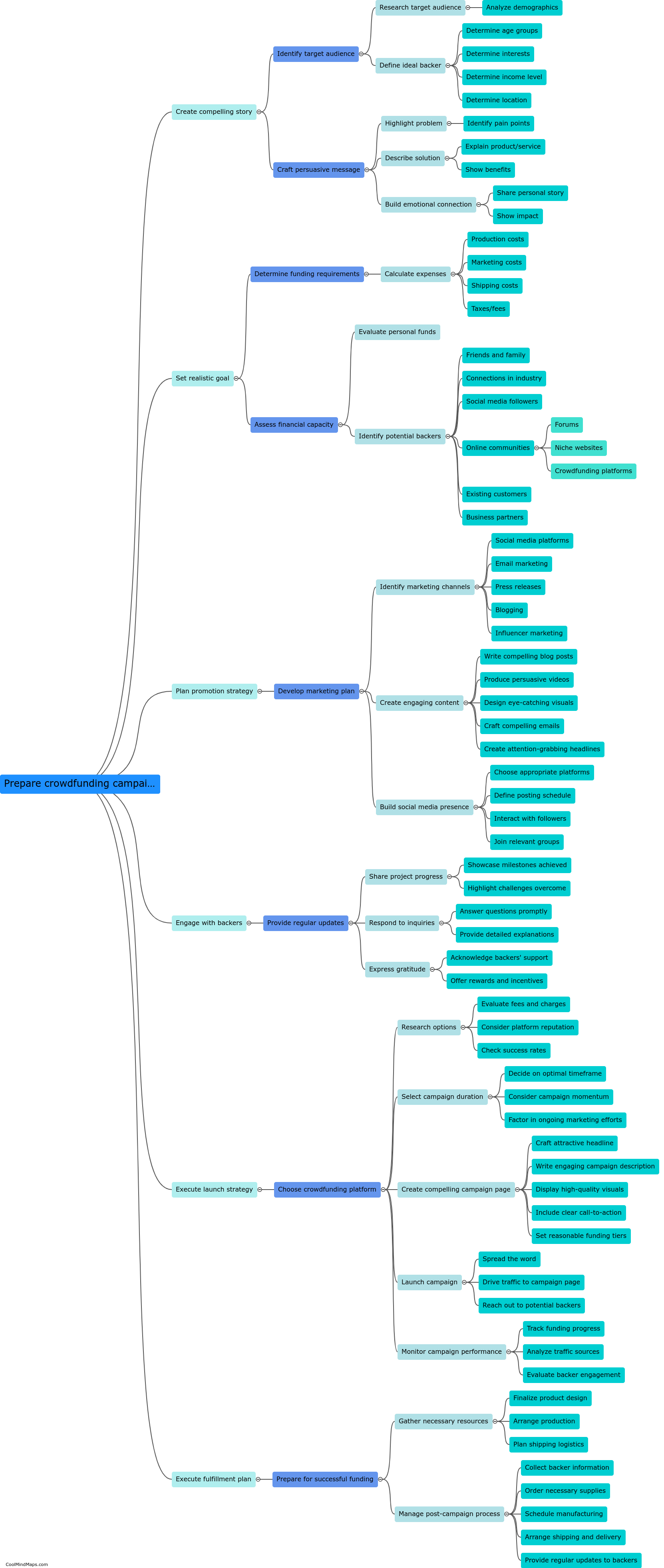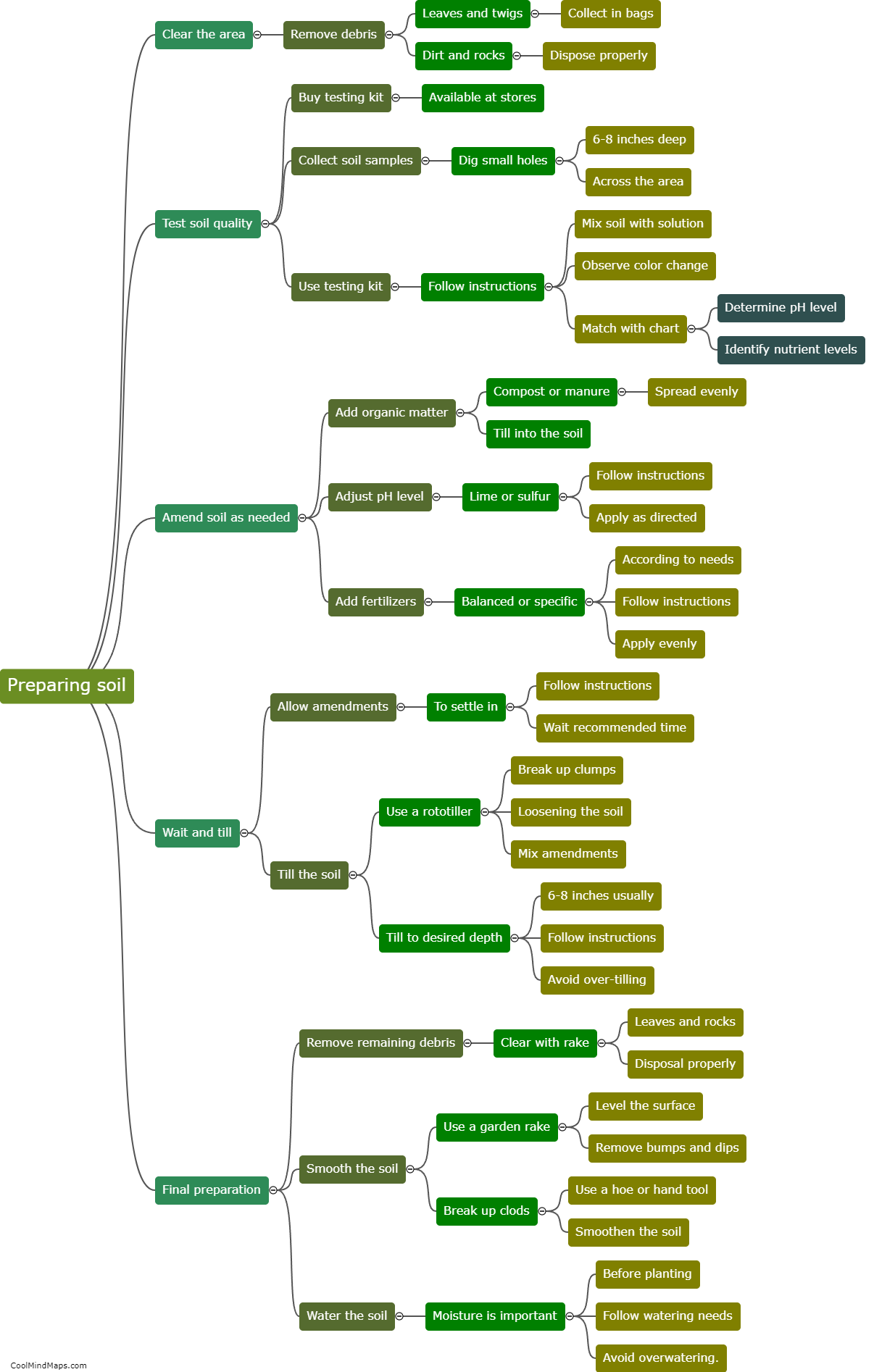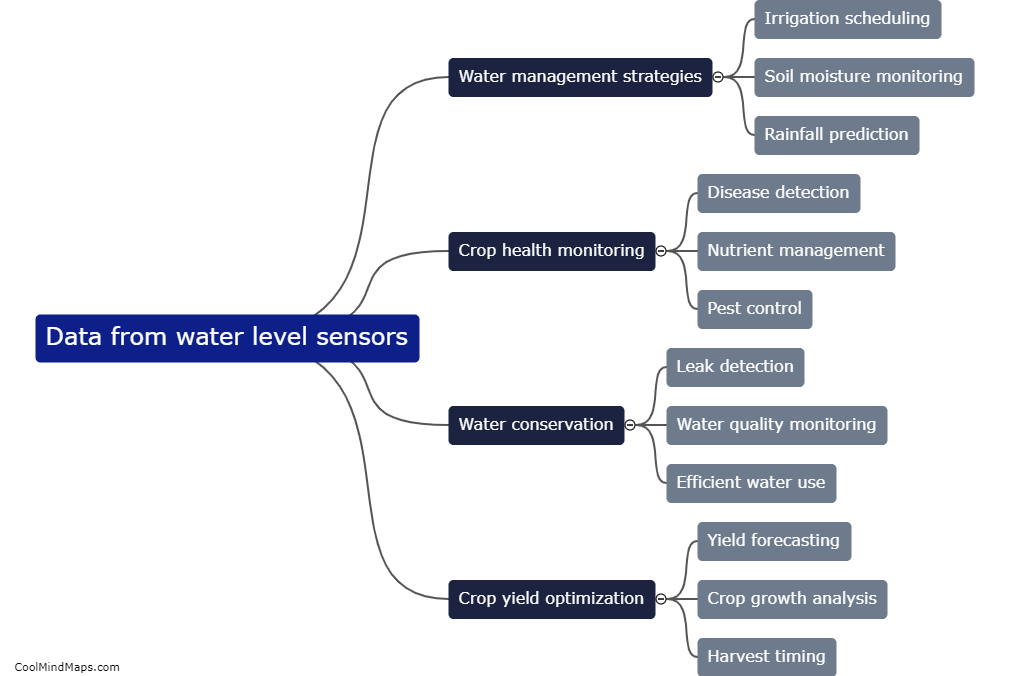What are the different types of water level sensors used in agriculture?
In agriculture, water level sensors are crucial for efficient water management and irrigation. Several types of water level sensors are used to monitor and control water levels in fields, ponds, and irrigation systems. Float switches are commonly used sensors that rely on a buoyant object, such as a float or ball, to detect water levels. These switches are simple and reliable, activating when the water level reaches a certain point. Pressure transducers are another type of water level sensor that measures water pressure at different depths to determine the water level. Capacitance sensors use the principle of measuring changes in electrical capacitance to detect water levels. Ultrasonic sensors emit sound waves that bounce off the water surface and calculate the distance based on the returned signal, allowing the determination of water levels. These various water level sensors provide farmers with accurate and real-time data to make informed decisions about irrigation and water management in agriculture.
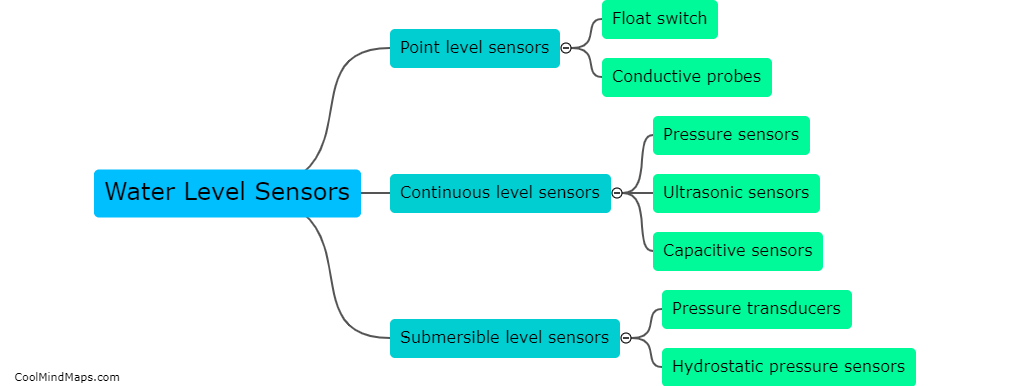
This mind map was published on 3 September 2023 and has been viewed 116 times.
